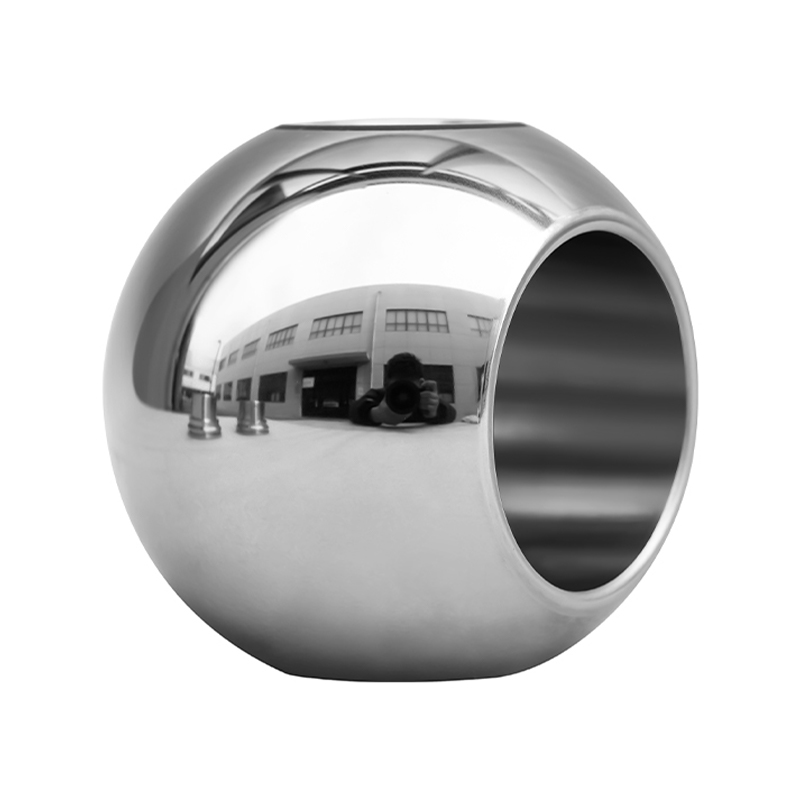Their design allows for reliable and efficient flow control, whether used in oil and gas pipelines, water treatment systems, or HVAC installations. One of the key factors that influences the performance and longevity of ball valve components is the surface treatment applied during manufacturing. This article explores how different surface treatments impact the lifespan of ball valve components and why this is important for maintaining smooth ball valve flow and overall system efficiency.

Understanding Ball Valve Flow and Component Function
At the core of a ball valve is a spherical ball with a hole through its center, which rotates to allow or block flow. When the ball aligns with the valve body, fluid passes freely, enabling ball valve flow. Conversely, when the ball rotates perpendicular to the flow path, it blocks passage. This simple mechanism provides a quick and reliable shut-off.
In many systems, particularly water distribution networks, the water flow ball valve must withstand constant exposure to water, pressure fluctuations, and sometimes corrosive substances. These operating conditions can affect the valve’s internal components, including the ball, seats, stem, and seals. Maintaining the surface integrity of these components is essential to prevent leaks, less friction, and ensure the valve operates as intended over time.
The Role of Surface Treatment in Extending Component Life
Surface treatment involves applying a protective or functional coating to the raw material surface of valve components. This process aims to enhance corrosion resistance, reduce wear, and improve resistance to chemical attack or abrasion. Common surface treatments for ball valve components include electroplating, passivation, nitriding, and ceramic coatings.
Corrosion Resistance
Corrosion is a primary cause of valve failure, especially in water flow ball valve applications where the valve components are regularly exposed to moisture. Surface treatments like electroplating with nickel or chrome form a barrier that slows down oxidation and corrosion processes. Passivation treatments create a thin oxide layer on stainless steel components, enhancing their natural corrosion resistance without altering the metal's properties.
By reducing corrosion, surface treatments help maintain the smooth finish of the ball and seats, ensuring that the ball valve flow remains consistent and free of blockages caused by rust or mineral buildup.
Wear and Abrasion Protection
During operation, ball valve components undergo repeated contact and friction, especially between the ball and the seats. Over time, this contact can cause surface degradation, pilot to leaks, or difficult operation. Hardening treatments such as nitriding increase surface hardness, making components more resistant to wear.
For valves used in abrasive or particulate-laden fluids, ceramic coatings may be applied to protect against erosion. This treatment extends the usable life of components exposed to rough service conditions.
Enhancing Seal Integrity
Surface treatment also contributes to maintaining the tight seal required for effective ball valve flow. Smooth, defect-free surfaces prevent premature wear of seals and reduce the risk of leaks. Surface treatments that reduce friction between moving parts also contribute to easier valve operation, reducing the torque required to open or close the valve.
Surface Treatment and Its Impact on Water Flow Ball Valve Performance
In water systems, where ball valves regulate water flow, the longevity and reliability of valve components are paramount. Untreated surfaces can quickly degrade when exposed to chlorinated water, hard water minerals, or biofilms. This degradation may cause irregular flow, leakage, or valve failure.
Proper surface treatment protects valve components from these effects. For instance, stainless steel ball valves with passivated surfaces show improved resistance to scale buildup, which can obstruct the flow path and impact ball valve flow dynamics. Similarly, protective coatings can prevent pitting corrosion caused by water contaminants, thus preserving valve performance.
By maintaining the physical and chemical integrity of valve components, surface treatments help ensure that water flow ball valves continue to operate smoothly and reliably over long periods, with lower maintenance costs and downtime.
Choosing the Right Surface Treatment for Specific Applications
Selecting the appropriate surface treatment depends on the operational environment, fluid characteristics, and the expected service life of the valve. For general water flow ball valve applications, passivation and electroplating are common due to their balance of protection and cost-effectiveness.
In more demanding environments where abrasive particles or chemical exposure are factors, specialized coatings or hardening treatments may be necessary. Understanding the specific conditions under which the valve will operate is essential to determine the more suitable surface treatment.
Surface treatment plays a vital role in extending the life of ball valve components and maintaining smooth ball valve flow. By protecting against corrosion, wear, and chemical damage, these treatments help valves sustain reliable operation in a variety of systems, especially water flow ball valve applications. Careful consideration of surface treatment options during manufacturing can advance to improved valve performance, longer service life, and reduced maintenance requirements. Ultimately, this contributes to the efficiency and reliability of the systems that depend on these critical components.